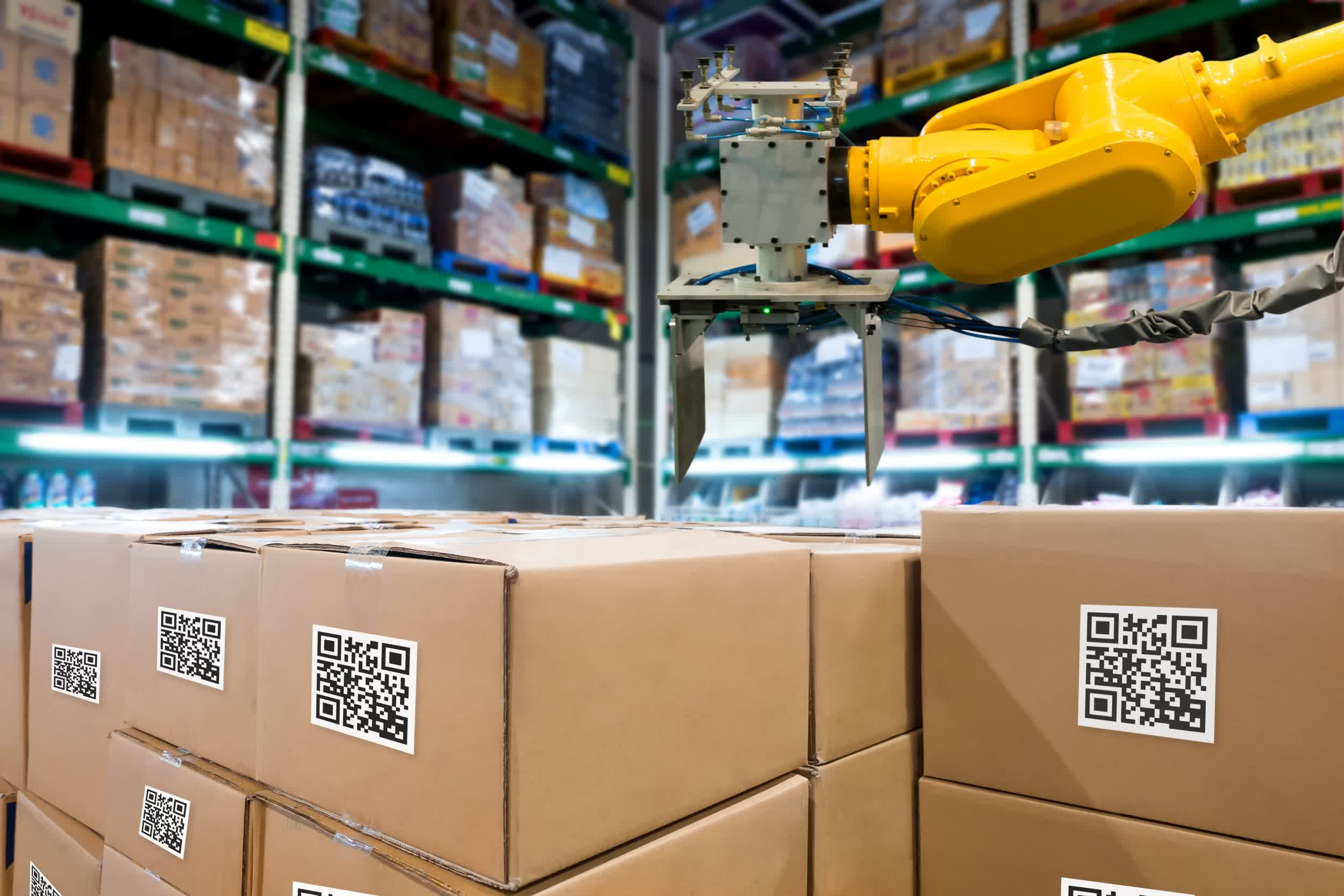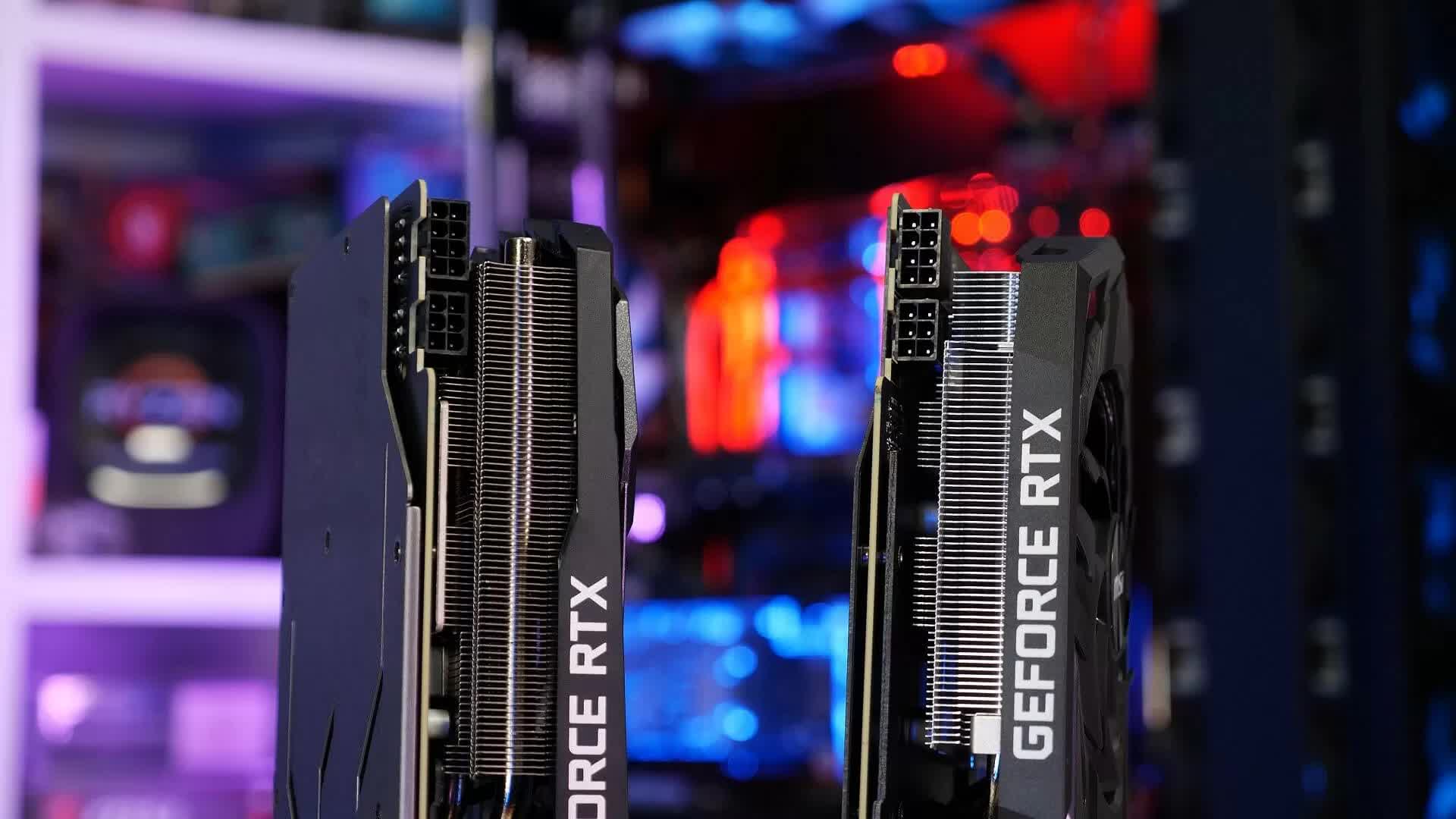The big picture: To combat the shortage, the world’s largest contract chipmaker is increasing investments to expand capacity and build upgrades this year. TSMC already spent $8.8 billion in the first quarter and now expects to shell out around $30 billion over the span of 2021. Still, it takes time to build facilities to increase output, so for, we're left to sit and wait.

Taiwan Semiconductor Manufacturing Company (TSMC) doesn’t see an end to the ongoing global chip shortage anytime soon.
During a recent conference call, CEO C.C. Wei told analysts that they continue to see high levels of demand. “In 2023, I hope we can offer more capacity to support our customers. At that time, we’ll start to see the supply chain tightness release a little bit,” the executive added.
Wei’s sentiments more or less echo what we’ve heard from other major industry players as of late.

Nvidia CFO Colette Kress said earlier this week that overall demand remains very strong and continues to exceed supply while channel inventories remain quite lean. “We expect demand to continue to exceed supply for much of this year,” Kress added.
Intel CEO Pat Gelsinger recently told The Washington Post that semiconductor companies can take some short-term steps to help meet demand. “We do believe we have the ability to help,” Gelsinger said, but added that “I think this is a couple of years until you are totally able to address it. It just takes a couple of years to build capacity.”
Masthead courtesy Zapp2Photo